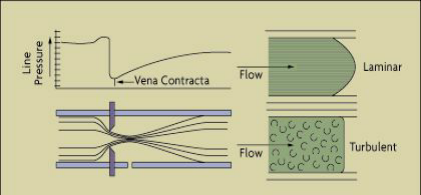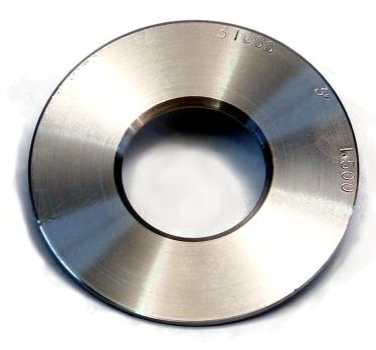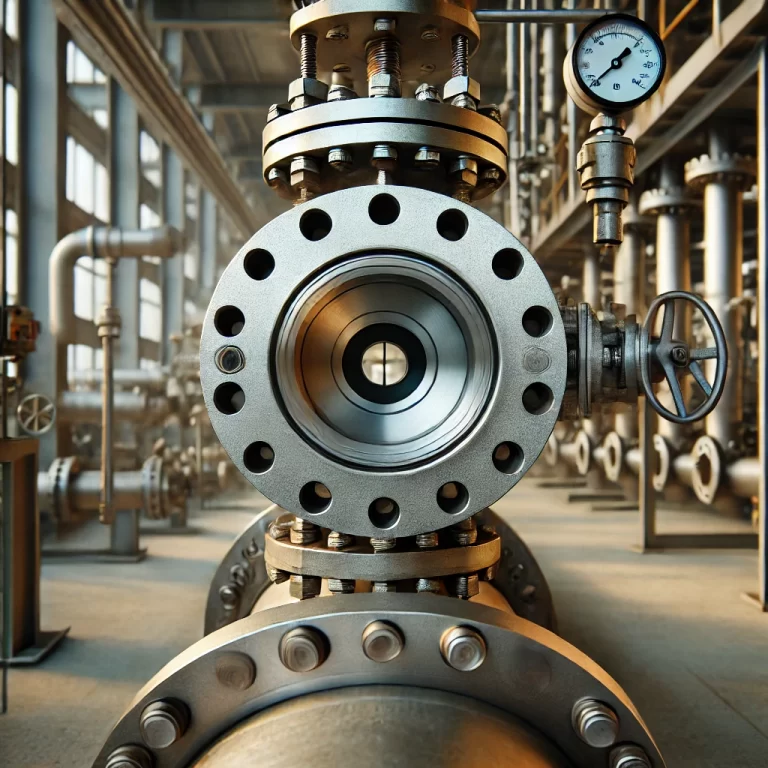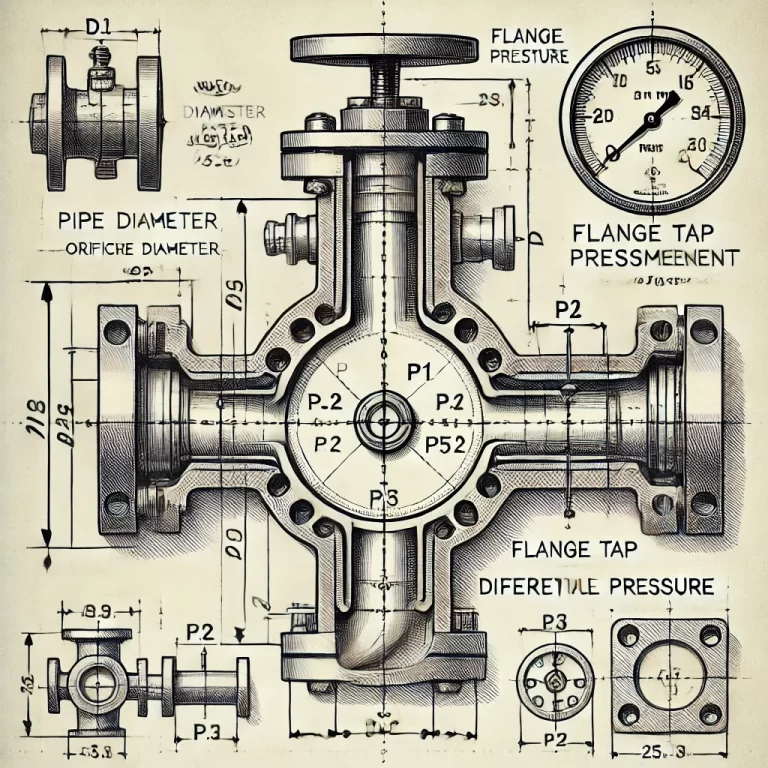Orifice plates are widely used devices for flow measurement and filtration across various industries. Depending on the specific requirements and application scenarios, there are several types of orifice plates. Below is a detailed explanation of these types, including their design characteristics, applications, and advantages.
1. Concentric Orifice Plate
Description: The concentric orifice plate is the most common type of orifice plate, often used as a standard flow measurement device. It is typically made of stainless steel, with a thickness ranging from 1/8 to 1/2 inch, depending on the pipe diameter. The orifice is located centrally, equidistant from the inner walls of the pipe.
Applications:
Suitable for measuring the flow of clean and homogenous fluids, including liquids, gases, and steam.
Commonly used in applications with non-viscous fluids.
Advantages:
High measurement accuracy.
Easy to install and maintain.

2. Eccentric Orifice Plate
Description: In this design, the orifice is off-center, tangent to the inner surface of the pipe. This unique design prevents the accumulation of solid particles or sediment in front of and behind the plate.
Applications:
Ideal for measuring fluids containing solid particles or sediment.
Suitable for applications where maintaining measurement accuracy while avoiding clogging is critical.
Parameters:
The β ratio (the ratio of orifice diameter to pipe diameter) typically ranges between 0.46 and 0.84.
Works well in low Reynolds number conditions.
3. Quarter-Circle Orifice Plate
Description: The entry edge of this orifice plate is shaped into a quarter-circle. It complies with British Standard BS1042 but does not meet ISO5167 standards.
Applications:
Used for measuring low Reynolds number fluids such as heavy crude oil, syrups, and slurries with high viscosity.
Suitable for applications requiring precise measurement of viscous flows.
Parameters:
The orifice diameter (‘d’) must be at least 15 mm.
The β ratio should range from 0.245 to 0.6.
Advantages:
Capable of measuring lower flow rates compared to standard orifice plates.
Effective for high-viscosity fluid applications.

4. Conical Entrance Orifice Plate
Description: The inlet edge of this plate features a 45° conical surface, which enhances the velocity profile and reduces the influence of turbulence on the flow coefficient.
Applications:
Effective for extremely low Reynolds number applications.
Not recommended for high Reynolds number conditions.
Advantages:
Optimized for low-velocity flows.
Reduces turbulence and improves measurement consistency.
5. Integral Orifice Plate
Description: This design integrates the orifice plate with the measuring pipe, making it suitable for small pipe diameters (≤50 mm).
Applications:
Frequently used in applications with small-diameter piping.
Reduces the risk of leakage and improves system reliability.
Advantages:
Simplified installation process.
Minimizes leakage points.

6. Segmental Orifice Plate
Description: This plate features a segment-shaped opening, typically used for measuring dirty or contaminated fluids. The unique design prevents debris accumulation near the plate.
Applications:
Suitable for horizontal or inclined pipes.
Effective for fluids with solid particles or gas separation.
Advantages:
Ensures high measurement accuracy in challenging conditions.
Reduces blockages and maintenance requirements.
7. Ring-Type Orifice Plate
Description: Designed with a pressure-equalizing ring structure, the ring-type orifice plate requires shorter straight pipe sections for installation, reducing measurement errors.
Applications:
Ideal for applications with large flow rates and limited pipe lengths.
Advantages:
Eliminates dead zones and condensation issues.
Performs well in high-flow-rate scenarios.
8. Dual Orifice Plate
Description: This design incorporates two standard orifice plates: an auxiliary upstream plate and a main downstream plate. The upstream plate’s orifice diameter is larger, creating a nozzle-like structure with fluid walls.
Applications:
Suitable for low Reynolds number or high-viscosity fluids.
Advantages:
Broadens the measurable flow range.
Reduces pressure loss compared to standard plates while maintaining higher accuracy.

9. Restriction Orifice Plate
Description: Aimed at limiting fluid flow or reducing pressure, the restriction orifice plate is widely used in industrial systems.
Applications:
Common in systems requiring controlled flow or pressure drops.
Advantages:
Provides stable flow even at higher pressure drops.
Prevents overpressure in sensitive systems.
Comparison Table
| Type | Suitable Fluids | Key Parameters (β Ratio) | Primary Applications | Key Advantages |
|---|---|---|---|---|
| Concentric | Clean fluids | 0.2–0.75 | Standard flow measurement | High accuracy |
| Eccentric | Fluids with particles | 0.46–0.84 | Avoids sediment buildup | Prevents clogging |
| Quarter-Circle | High-viscosity fluids | 0.245–0.6 | Low Reynolds number fluids | Measures low flow rates |
| Conical Entrance | Low-velocity fluids | N/A | Low Reynolds number fluids | Reduces turbulence |
| Integral | Small-diameter pipes | N/A | Compact designs | Simplifies installation |
| Segmental | Dirty fluids | N/A | Contaminated fluid applications | Reduces debris accumulation |
| Ring-Type | High-flow-rate fluids | N/A | Large industrial applications | Eliminates dead zones |
| Dual | High-viscosity fluids | 0.3–0.75 | Broad flow range applications | Reduces pressure loss |
| Restriction | Any fluid | N/A | Pressure control | Provides stable flow |
By understanding the unique features and applications of each orifice plate type, engineers and decision-makers can select the most suitable option for their specific operational needs. Adding illustrations and practical examples of real-world applications would further enhance comprehension and utility.
